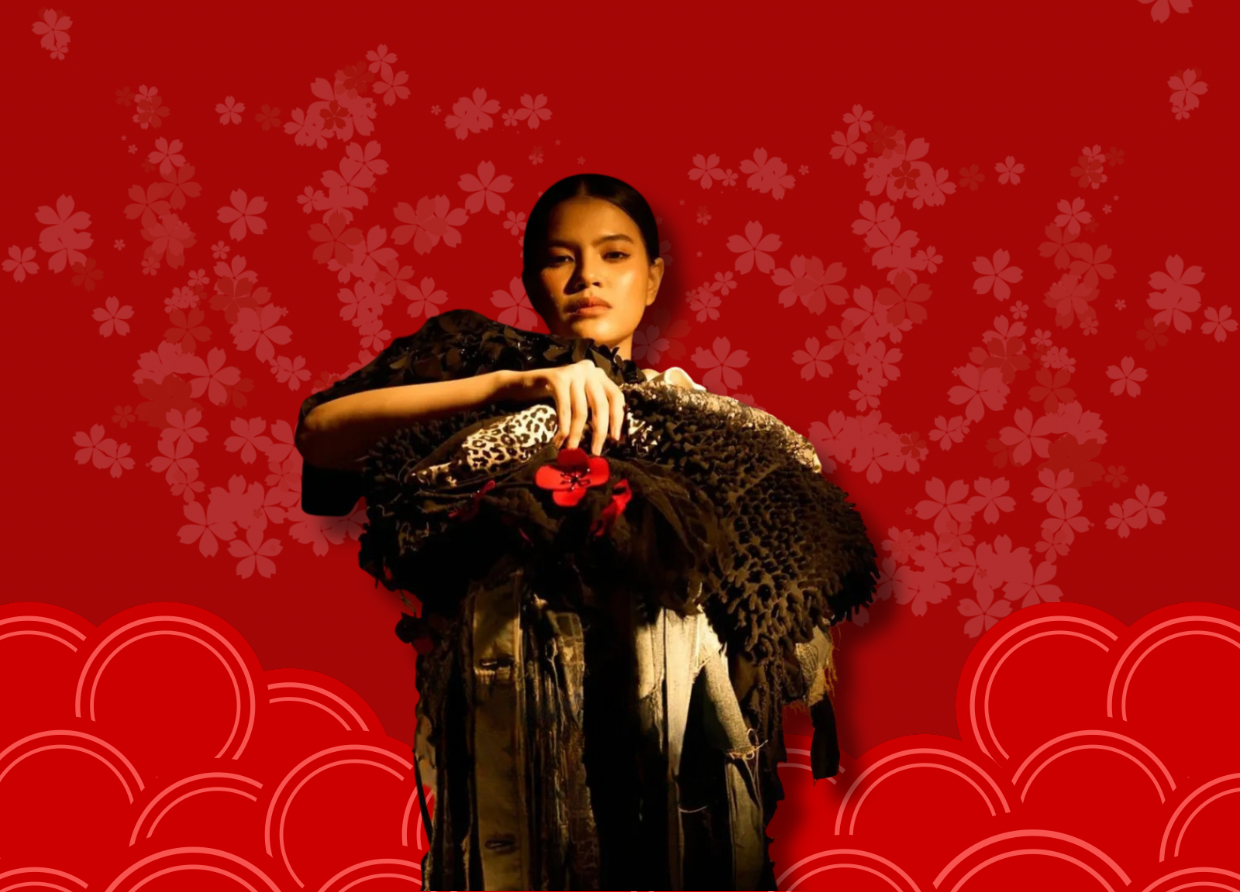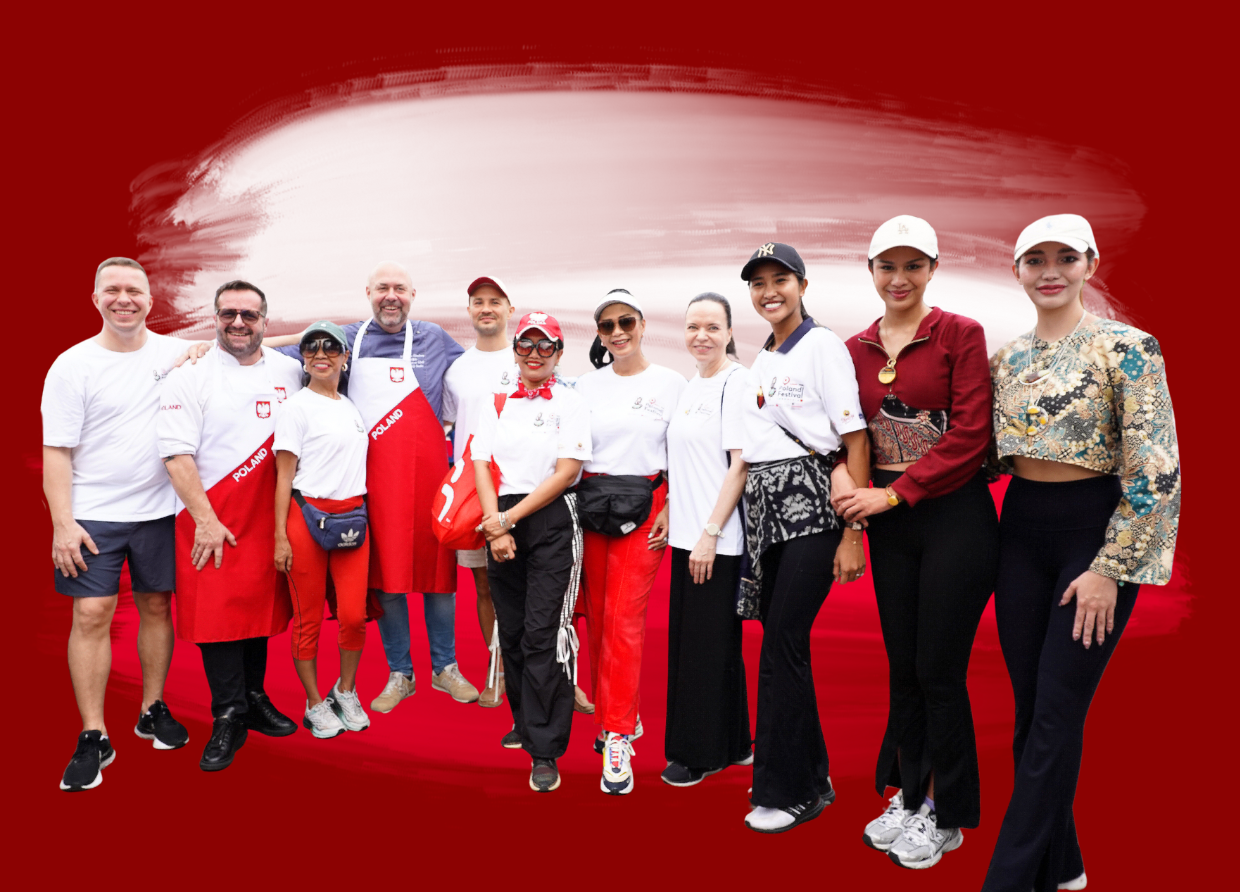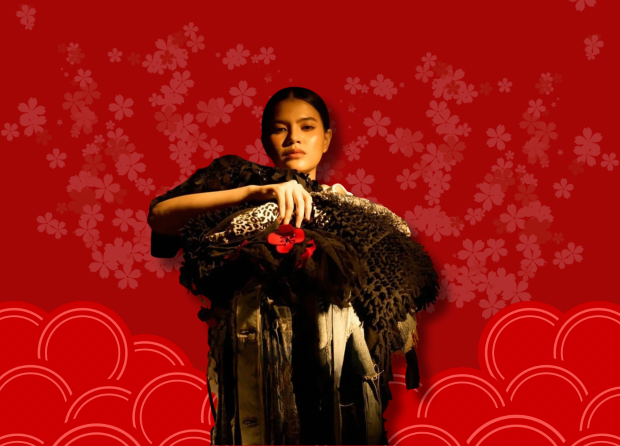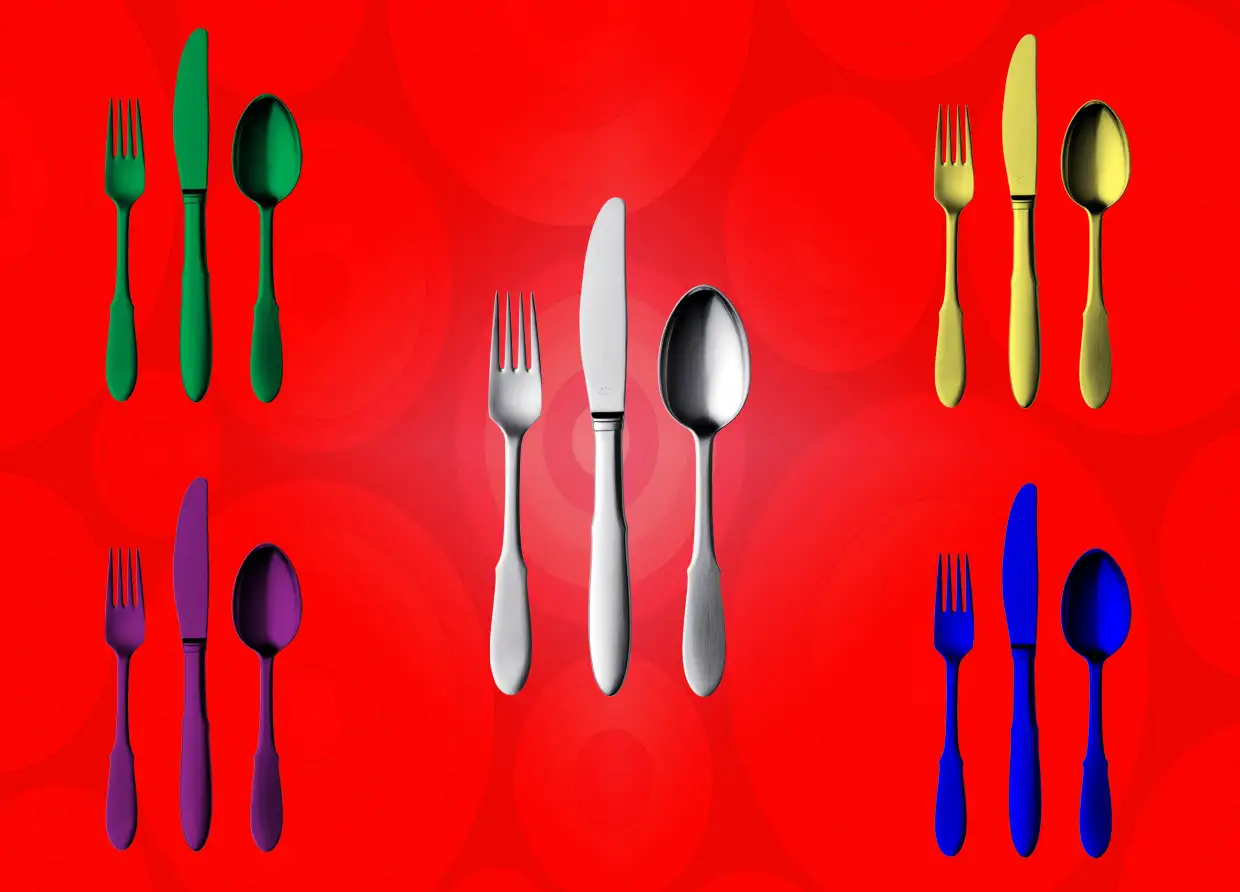HOPJES, PREDECESSOR OF INDONESIAN COFFEE CANDIES
Reminiscing the good old bittersweet candy.
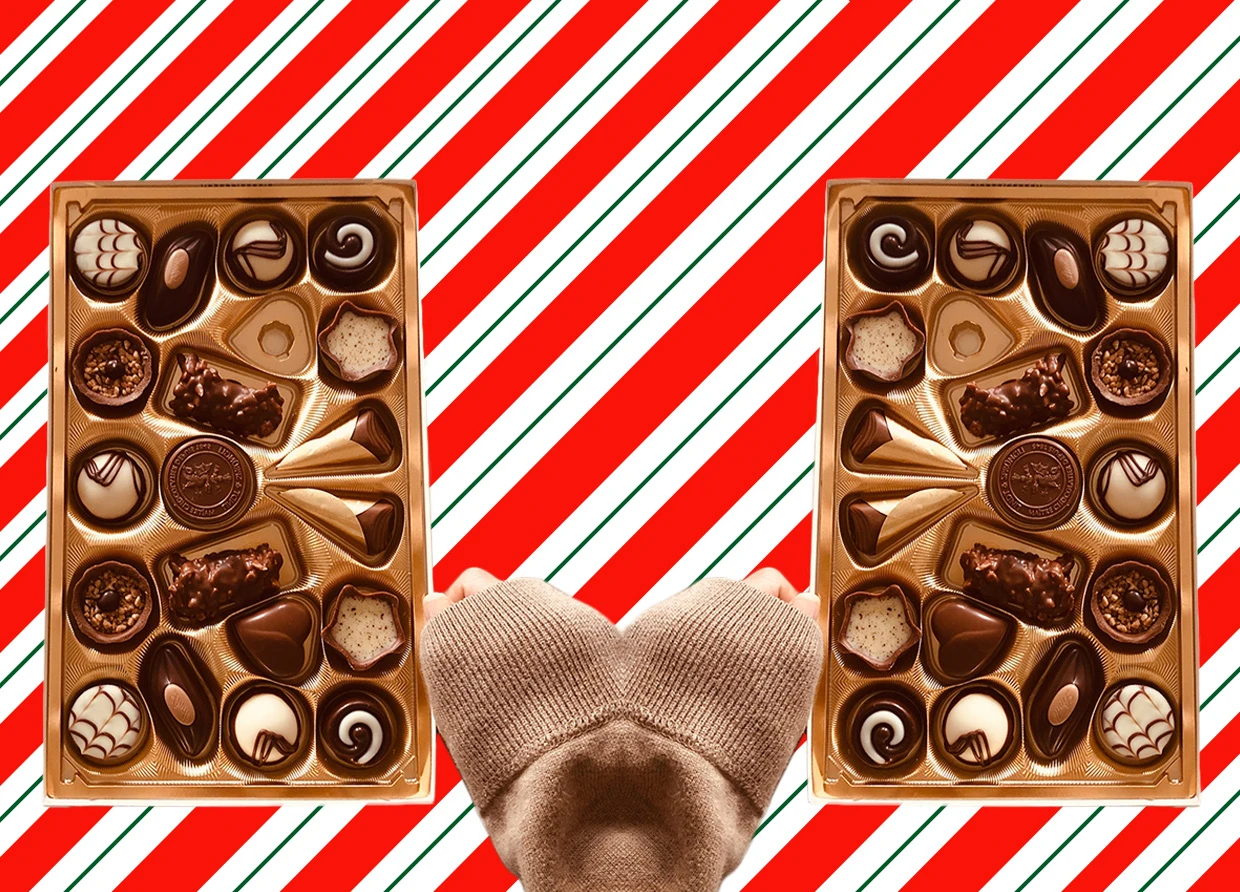
You've probably heard of Kopiko, an Indonesian coffee candy exported worldwide. Kopiko has been hotly debated in Indonesia. For example, as a NASA astronaut provision or in the Korean drama Vincenzo, Mine, and Hometown Cha-Cha-Cha. Popularity has made Kopiko synonymous with coffee treats in Indonesia.
However, long before the company PT Mayora Indah became the official distributor for Kopiko in 1982, coffee candy was already popular in the country. The coffee candy is called "Hopjes".
View this post on Instagram
Roopa Hopjes is a chocolate-colored square candy made with milk, caramel, and coffee extract. When you bite into it, the texture is hard, but it softens in your mouth as you chew. Another thing that makes Hopjes unique is that it is always wrapped in food-wrapping paper.
It was made accidentally
There are a lot of stories about how Hopjes came to be, but they all talk about how he came to be by accident. Dutch diplomat called Baron Hendrik Hop lived in the Hague. He was also a big fan of coffee (1723-1808).
When Hop leaves a cup of coffee, milk and sugar on a heater overnight, he inadvertently makes candy. When Hop was forbidden from drinking coffee for health reasons, he asked Theodorus van Haaren, a baker that lived on the bottom floor of his house to make the candy like he made accidentally, so he could enjoy the taste of coffee without having to eat it directly. The candy became popular, and people called it “haagsche hopjes” (hopjes from the Hague).
Hopjes were then sold in tin cans. The raw materials came from the Dutch East Indies, which was a Dutch colony. In The Hague, the Hop House is still an important place to visit, and the hopjes are a special gift from the city that everyone gets.
When Hopjes entered to archipelago
Hopjes in Indonesia was part of the influence of Dutch colonialism that penetrated the culinary world. There are several hopjes brands produced in the country. As time goes by, Hopjes lose its popularity, but we can still find them. Jamin Haagsche Hopjes in Jakarta, Sumber Hidup (SH) in Probolinggo, and Mia Nada Hopjes in Semarang are among the remaining producers.
View this post on Instagram
Mia Nada was founded in 1940 by Oen Djioe Nio, Margo Redjo's wife. Margo Redjo, according to De Locomotief, dominated coffee production in the Dutch East Indies in 1929. The third generation has been running the coffee shop in Semarang's old Chinatown since 1915.
Like Margo Redjo, Mia Nada had a peak when it reached Jakarta, Bandung, and Surabaya. Before Christmas, Oen often distributes his Hopjes to children in schools. The second generation, Inge, continued her mother's recipe in 2007.
Mia Nada’s Hopjes still uses manual processes, just like in the beginning stages. The process involves making dough, cutting candy, and wrapping it in paper. When cutting candies, for example, the dough must be kept on ice. Some of the kitchen tools are old originals.
The color of the packaging determines the candy’s flavor: black for coffee, brown for ginger, and red for tea. If you’re looking to buy some, Toko Oen, Semarang's oldest bakery, sells Mia Nada in grams.
Another version of Hopjes
Not just a candy, Hopjes could be the name of a drink at a restaurant in Semarang, called Semarang restaurant. In Jongkie Tio's words, this Hopjes is a mix of Dutch and American drinks that has existed for a long time. This dark brown drink is often served with ice cubes. This drink is made with coffee, full-fat milk, chocolate, and caramel. You can taste more than one taste in one drink.
The strong coffee flavor is very appealing to the taste buds. It offers a slight bit of bitter coffee or chocolate for aftertaste. If you have a sweet tooth, you can request full-cream milk and caramel, however, the original taste is actually something that makes you want more.
Semarang is also a place where you can learn about the history of the Dutch heritage, especially when it comes to culinary. The local culinary like Hopjes that comes from both Java and the Netherlands should be kept. This drink costs Rp 15,000 per glass. Very nice to try!
#THE S MEDIA #Media Milenial #hopjes candy

